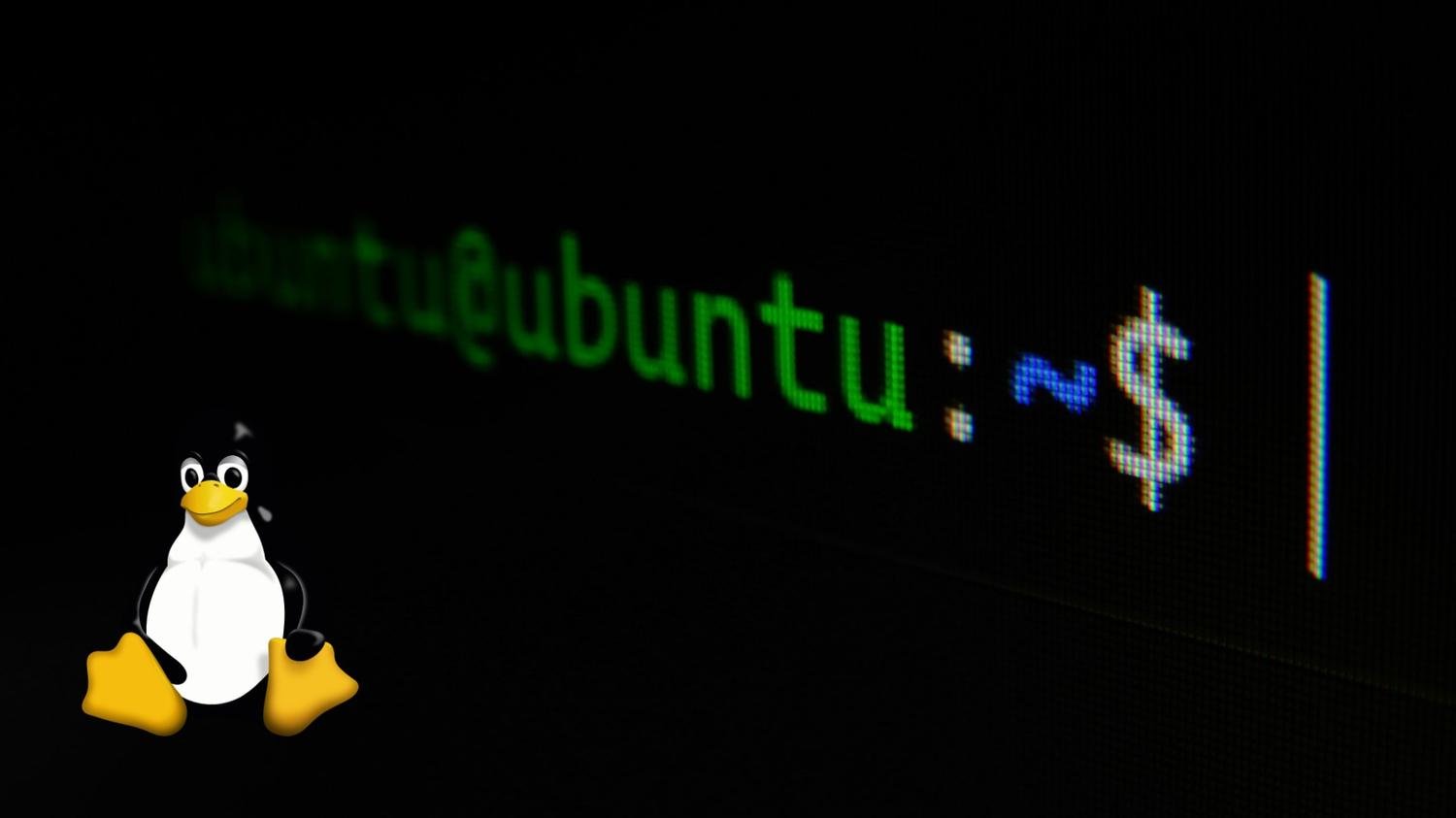Linux’s journey is anything but ordinary—this is the story of how a student hobby project became the backbone of the digital world, what it’s up to now, and the hidden gems few know. Below are five deep dives into its origins, success, modern challenges, and some eyebrow-raising trivia.
1. Birth of Linux: From Minix to Kernel Glory
In 1991, Finnish computer science student Linus Torvalds kicked off a project that would reshape computing. Working on a personal PC and inspired by MINIX’s architecture, he aimed to build a free, Unix-like kernel.
He announced it with humility:
“Hello everybody out there using minix — I’m doing a free operating system (just a hobby, won’t be big and professional …)”
At first, it was purely experimental, not intended for commercial use. But turning point after turning point followed:
Early contributions poured in from developers worldwide, accelerating growth.
The adoption of the GNU General Public License (GPL) ensured everyone could use, modify, and share the code.
In 1992, integration of the X Window System enabled graphical interfaces, expanding appeal.
By 1994, Linux 1.0 was released—solidifying it as more than just a basement project.
Interestingly, “Linux” nearly never got that name. Linus toyed with “Freax” (a mash of free, freak, and x)—but the server admin hosting his code preferred “Linux,” and it stuck.
Also worth noting: a lively debate erupted in 1992 between Linus and Andrew Tanenbaum (creator of MINIX) over kernel design (monolithic vs microkernel). Their exchange shaped early kernel philosophy.
2. Soaring Success: When Linux Conquered Everything
Linux’s climb to prominence hinges on three forces: freedom, scalability, and community energy.
Key factors behind its success:
Open-source ethos empowered thousands of contributors to iterate, patch, and innovate.
Scalability across domains—from embedded systems to supercomputers—meant it wasn’t niche.
Modular design allowed Linux to run on various architectures, from small routers to massive clusters.
By the late 2000s, Linux became the default choice for servers, web infrastructure, and supercomputers. Today, every one of the Top 500 supercomputers runs on Linux.
Further signs of dominance:
Over 96% of the top 1 million web servers run on Linux-based systems.
Android—world’s most widespread OS on mobile—uses a heavily modified Linux kernel.
Linux also powers everything from smart TVs, routers, IoT devices to major cloud infrastructure.
Because so many industries rely on stability, security, and flexibility, Linux’s open foundations let it adapt faster than monolithic, closed alternatives.
3. Now & Beyond: What’s Happening with Linux Today
Linux isn’t just coasting on legacy—it’s evolving, facing headwinds, and pushing new frontiers.
Current trends and shifts:
Distribution shakeups
– Intel abruptly ended support for its high-performance Clear Linux project in 2025, archiving its repository and recommending users pivot.
– Some specialized features (e.g. performance tuning in Clear Linux) are being absorbed by other distros.Kernel changes & file system debates
– Bcachefs, a promising copy-on-write file system, lost “Supported” status and became externally maintained in 2025 after guideline issues.
– Developers recently merged major improvements to cross-core interference mitigation, reducing worst-case jitter by up to 11× in demanding real-time systems.Decline of old community projects
– The Linux Documentation Project (LDP), once a long-standing resource, now lies mostly dormant.
– Linux Counter, a fun attempt to count global Linux users, shut down in 2018.Regaining balance between complexity and stability
– As Linux accumulates code, maintainability and quality control become more challenging.
– The kernel review cycle stays aggressive—dozens of patches per hour in recent years.
In short: Linux remains core to modern computing, but the path forward demands careful steering—balancing innovation without sacrificing reliability.
4. Hidden Gems & Little-Known Linux Facts
Expect surprises. Here are some lesser-trodden corners of the Linux mythos:
Blank lines = style
Around 13.3% of the Linux kernel source is made up of blank lines—those count too!Linus’s code footprint shrank
The first Linux release was entirely his work; in modern kernels, less than 1% of code is attributed to him.Asteroids & honors
Space geeks may appreciate this: both Linux and Linus Torvalds have asteroids named in their honor.Unlikely refusal
Steve Jobs once offered Linus a job—if Linus would stop working on Linux. Linus declined.No one system defines Linux
The term “Linux” strictly refers to the kernel. A complete operating system must mix kernel + tools (often GNU) + libraries + utilities. That’s why some purists prefer GNU/Linux.Origins of LSB
The Linux Standard Base (LSB) once aimed to standardize Linux distributions for compatibility, but has faded into limited use today.Rapid kernel growth
By 2023, the Linux kernel spans tens of millions of lines of code.
5. Why Linux’s Story Still Matters
Linux is more than software—it’s a lesson in collective intelligence, adaptability, and resilience. Its journey offers several takeaways:
Community beats monopoly
Even giant tech players often rely on, integrate, or contribute to Linux rather than fight it.Open systems adapt faster
With contributors worldwide, bugs get squashed, features get tested, and edge use-cases surface quickly.Framework for trust
In domains like cloud, containers, scientific computing, and IoT, Linux’s open roots give users insight and control—critical in high-stakes systems.Continuous tension propels progress
Debates like modular vs monolithic, performance vs stability, and innovation vs backward compatibility, drive constant reinvention.
As technology evolves—AI accelerators, edge computing, real-time constraints—Linux will need to stretch, shrink, refactor, and reassert itself yet again.
Final thoughts
Linux didn’t start as a revolution, but it quietly became one. From humble beginnings to powering the backbone of modern infrastructure, its trajectory blends pragmatism with idealism. The path ahead won’t be smooth, but if history offers guidance: adaptability, community, and smart stewardship will keep Linux both relevant and formidable.

